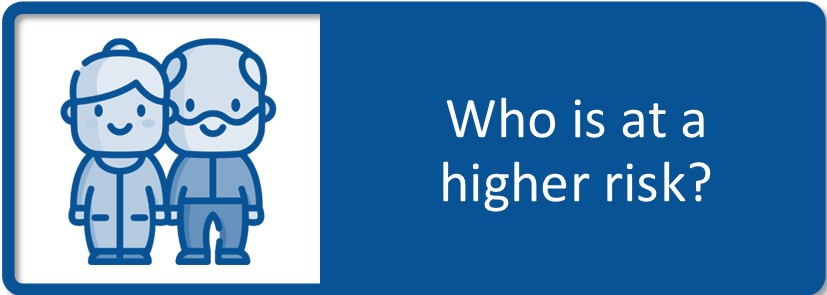
Who is “high risk”?
People at higher risk of severe outcomes from COVID-19 include seniors, people with disabilities, pregnant people, immunocompromised people, and children who are too young to be vaccinated against COVID-19. However, there are many reasons why people may think of themselves as “high risk” and may prefer to take additional precautions.
Even if you are not high risk, taking steps to stop the spread of COVID-19 is a good idea. Taking these steps will reduce community spread. Lower community spread, in turn, will protect higher risk people.
What steps should I take to reduce my risk and the risk of people around me?
If I’m vaccinated, do I still need to take other measures to reduce my risk?
Vaccines are effective at protecting you against severe illness, hospitalization, and death related to COVID-19. However, effectiveness decreases over time, and a booster dose will help protect you from more severe outcomes from COVID-19 and the Omicron variant. Using multiple layers of protection, including physical distancing, masking, and washing your hands frequently, is the best way to protect against COVID-19.
Can I gather with family and friends?
Gathering limits are no longer in place.
How do I practice physical distancing?
Physical distancing means keeping a space of 2 meters from others. It reduces the opportunity for the virus to spread from person to person.
When someone breathes, talks, laughs, sings, coughs, sneezes, etc., they spray small liquid droplets from their nose or mouth. If you are too close, you can breathe in the droplets, including COVID-19. Practicing physical distancing slows the spread.
Practice physical distancing in all indoor public spaces and in indoor workplaces. Regardless of where you are, you can wear a mask and physically distance if you feel it is right for you, especially if you or others are immunocompromised or at high-risk of severe disease or exposure to COVID-19.
You can practice physical distancing by:
- Avoiding crowded spaces and staying 2 metres apart from others.
- Working from home if you can.
- Avoiding shopping at peak hours.
- Avoiding physical contact with others (for example, no handshakes).
- Organizations that can use virtual options to provide services should do so.
Physical distancing does not mean social isolation. You can safely interact with others virtually. You can also get together with others outdoors while maintaining a physical distance of 2 meters, or you can wear a mask when physical distancing is a challenge.
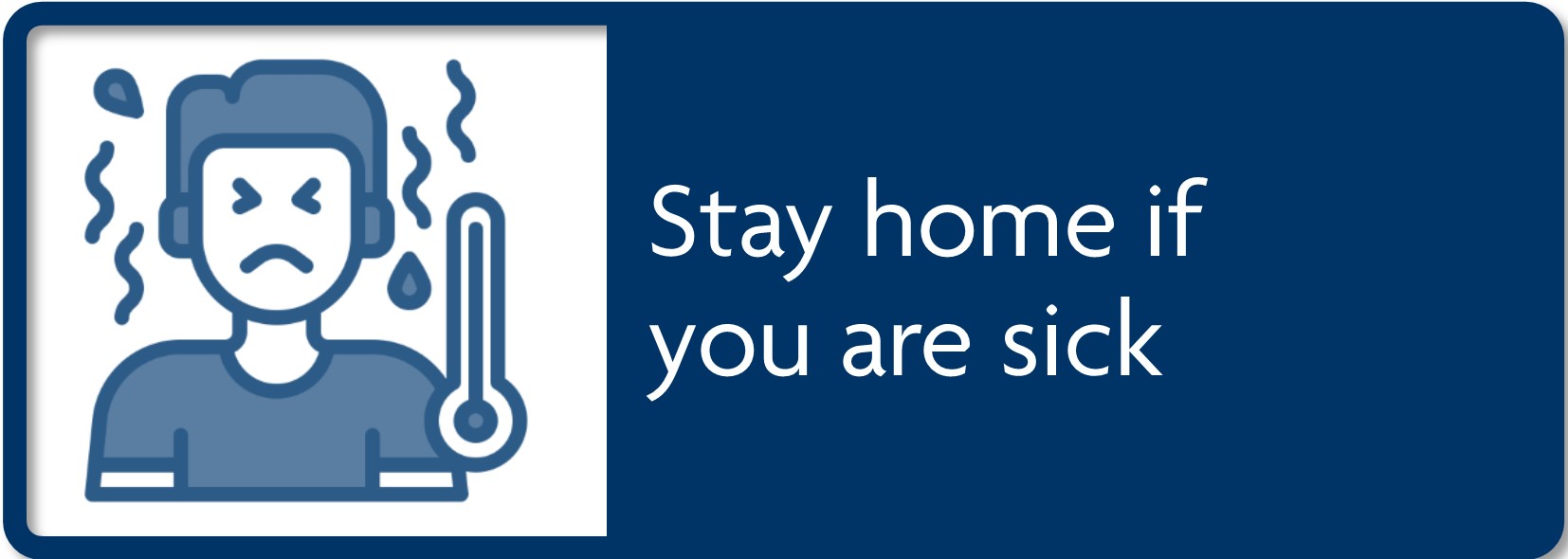
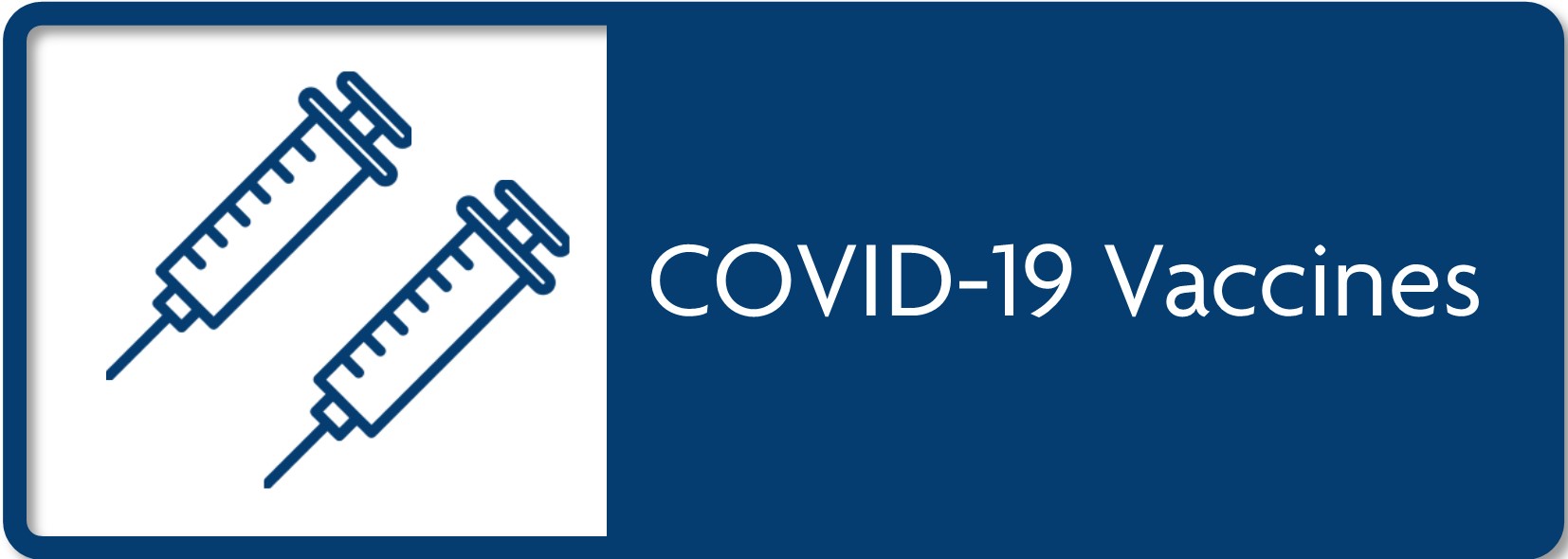


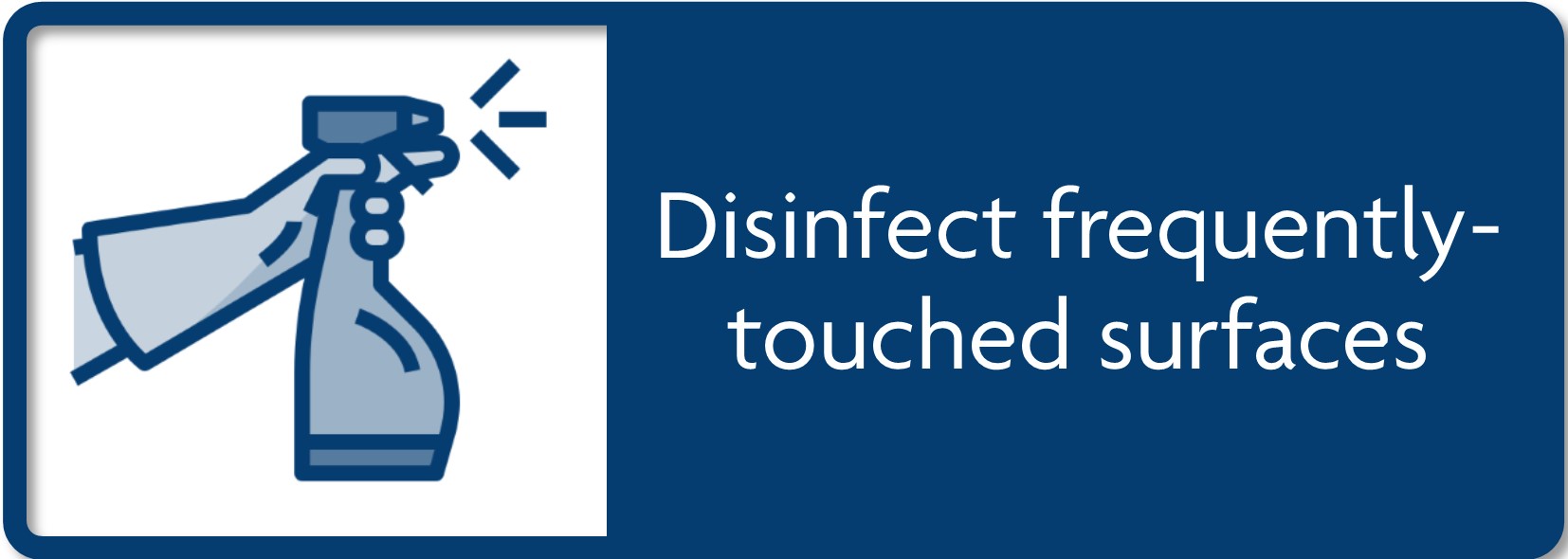
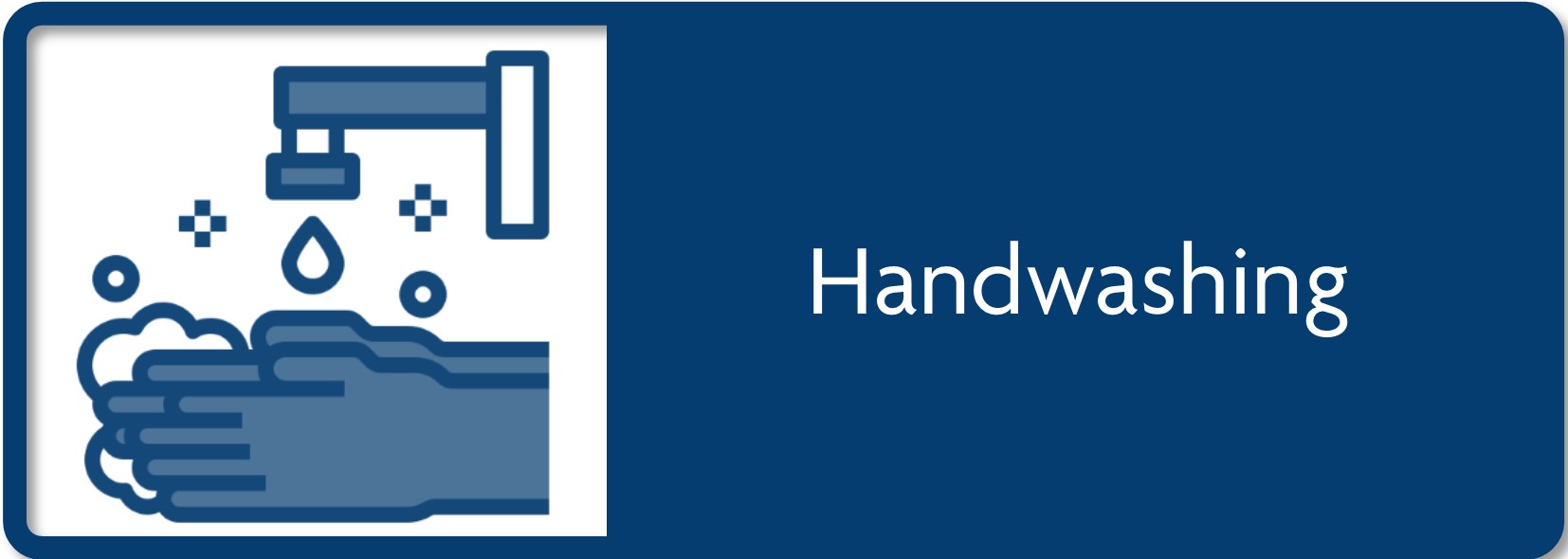
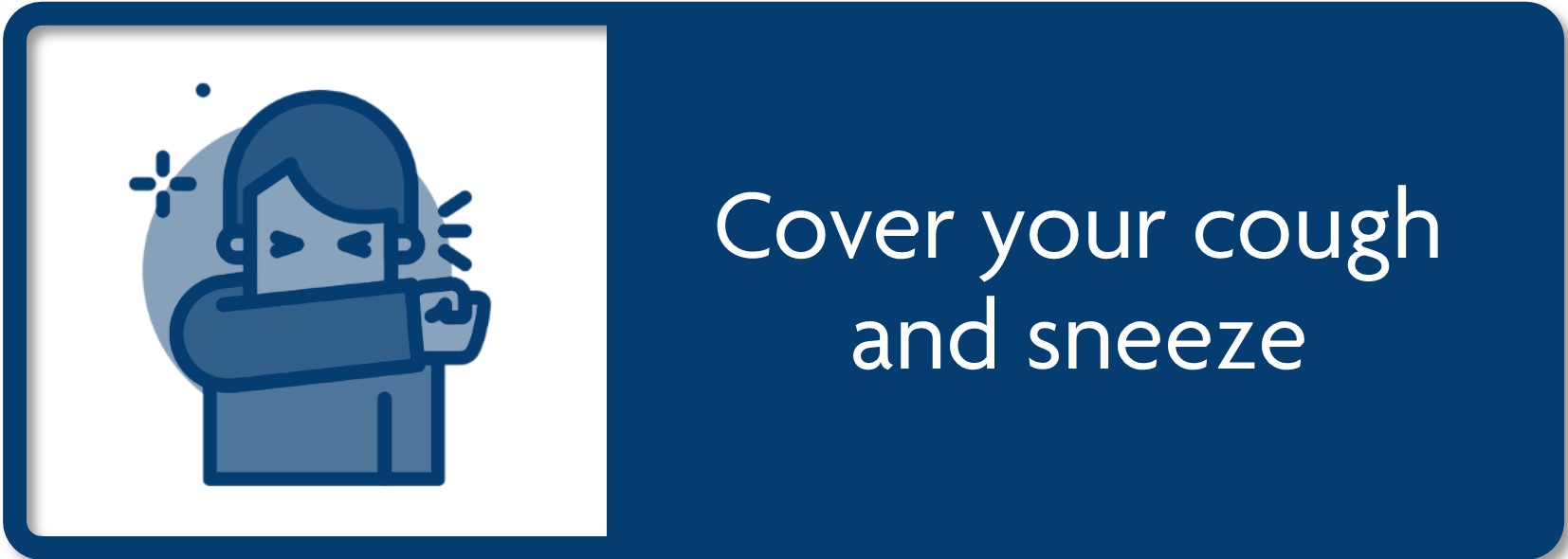
20230103/ml:nd